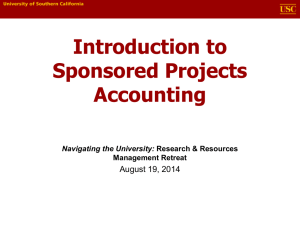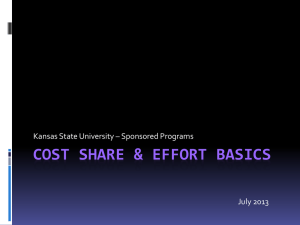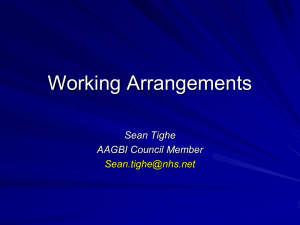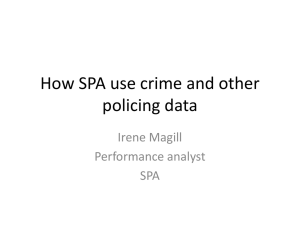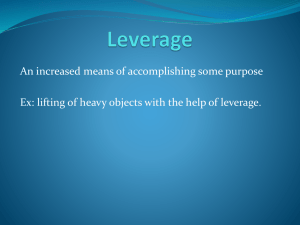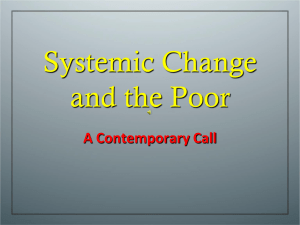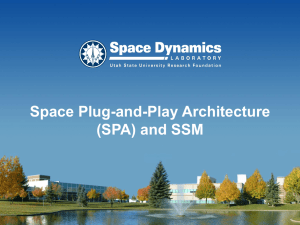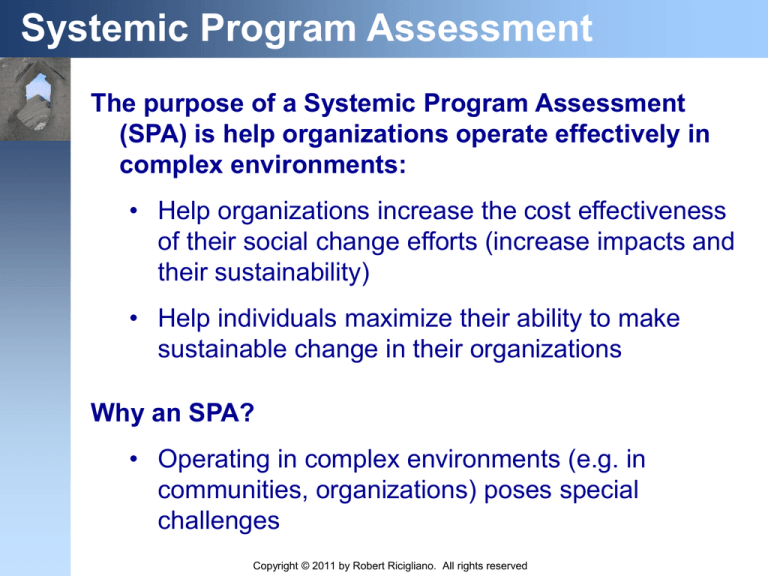
Systemic Program Assessment
The purpose of a Systemic Program Assessment
(SPA) is help organizations operate effectively in
complex environments:
• Help organizations increase the cost effectiveness
of their social change efforts (increase impacts and
their sustainability)
• Help individuals maximize their ability to make
sustainable change in their organizations
Why an SPA?
• Operating in complex environments (e.g. in
communities, organizations) poses special
challenges
Copyright © 2011 by Robert Ricigliano. All rights reserved
Working with Complex Systems
Type of
Task
Context
Response
Routine
Cost of Errors – High
Likelihood of Errors – Low
Cause/Effect: Known
Automate,
Maintain
(e.g. assembly
line)
Complex Cost of Errors – High
Systems
(e.g.
Likelihood of Errors – High practice:
org/community
Cause/Effect: Partly known Plan, Act,
change,
peacebuilding)
Learn (repeat)
Chaotic
Cost of Errors – Low
Systems
(e.g. research Likelihood of Errors – High
Inquiry:
lab)
Cause/Effect: Unknown
Experiment,
Learn, Act
Based on Snowden (Cynefin Framework), Edmondson, (Strategies for Learning from Failure, 2011), and
Ricigliano (Making Peace Last, 2011)
Copyright © 2011 by Robert Ricigliano. All rights reserved
Working with Complex Systems
Type of
Context
Response
InTask
complex environments, good programming
requires
the
context as aAutomate,
system and
Routine understanding
Cost of Errors
– High
making
decisions
based
on how
an action
might
(e.g. assembly
Likelihood
of
Errors
–
Low
Maintain
line)
impact
and be
impacted by
that system
Cause/Effect:
Known
Complex Cost of Errors – High
Systems
(e.g.
Likelihood of Errors – High practice:
org/community
Cause/Effect: Partly known Plan, Act,
change,
peacebuilding)
Learn (repeat)
Chaotic
(e.g. research
lab)
Cost of Errors – Low
Likelihood of Errors – High
Cause/Effect: Unknown
Systems
Inquiry:
Experiment,
Learn, Act
Based on Snowden (Cynefin Framework), Edmondson and Cannon, (Learning to Fail), and Ricigliano
(Making Peace Last)
Copyright © 2011 by Robert Ricigliano. All rights reserved
Working with Complex Systems
Keys to Planning, Acting, and Learning in complex
environments:
•
Understand the context as a complex system
• SAT model (key drivers of systems change)
• Systems mapping
•
Listen to and work with the system to determine
where and how to intervene (feed forward)
•
Learn from the system (feedback)
Copyright © 2011 by Robert Ricigliano. All rights reserved
Systemic Program Assessment
Products of an SPA:
• A systems view (e.g. systems map) of the
operating environment (that will facilitate understanding,
listening to, working with, and learning from a system)
• Ideas for improving programming
• Reducing the potential for unintended negative impacts
• Identifying high leverage activities
• Bridging the gap between localized program impacts and
societal change
• Ideas for improving organizational practices (in
order to operate in a more holistic, systemic fashion)
Copyright © 2011 by Robert Ricigliano. All rights reserved
Process of an SPA
• Diagnostic interviews, research to understand:
• Organizational goals and practices
• Key drivers of the systemic context
• Systems mapping
• Producing a visual representation of the key drivers and
dynamic feedback loops that shape a system
• Systemic planning
• Interpreting the systems map to uncover key dynamics,
leverage points
• Assess the impact of the system on current programming
and the impact of programming on the system
• Assess the ability of the organization to adopt a systems
practice
Copyright © 2011 by Robert Ricigliano. All rights reserved
BACKGROUND
The SPA is based on a systems thinking approach to
working effectively with complex environments
(see Ricigliano, 2011, Making Peace Last)
• The SPA is based on a theoretical approach known
as the SAT Model (Structural-AttitudinalTransactional)
• The SPA facilitates effective Feed Forward which
enables a systems practice (see below)
• Feed Forward helps organizations increase their
cost effectiveness by identifying leverage points
(see below)
Copyright © 2011 by Robert Ricigliano. All rights reserved
The SAT Model
Sustainable systems change requires change across three
domains:
Transactional:
The processes and skills used
by key people to manage
conflict, solve problems, and
turn ideas into action
Attitudinal
Structural
The cultural norms, values,
and inter-group relationships
that affect the level of
cooperation between people
The societal or organizational
systems and institutions
designed to meet people’s
basic human needs
Transactional activity is the catalyst for structural and attitudinal change
Progress at one level is not sustainable without progress at the others
Copyright © 2009 by Robert Ricigliano. All rights reserved
Feed Forward
Feed Forward helps planners, implementers,
and evaluators to:
• Focus on affecting dynamics, as opposed to
individual factors
• Set priorities by identifying leverage points
• Contextualize theories of change in terms of how
they affect key leverage points/dynamics
• Identify linkages between programs
• Inform M&E by identifying indicators of systemic
change, linking micro and macro levels/impacts
Copyright © 2011 by Robert Ricigliano. All rights reserved
Leverage points
What is a leverage point?
• Leverage seeks to create the most amount of
change with the least amount of effort
• In terms of social systems, points of leverage
address changes that would have the largest
impact on the system.
• Changes to a leverage point have a high potential
to be amplified/sustained by the system
Copyright © 2011 by Robert Ricigliano. All rights reserved

